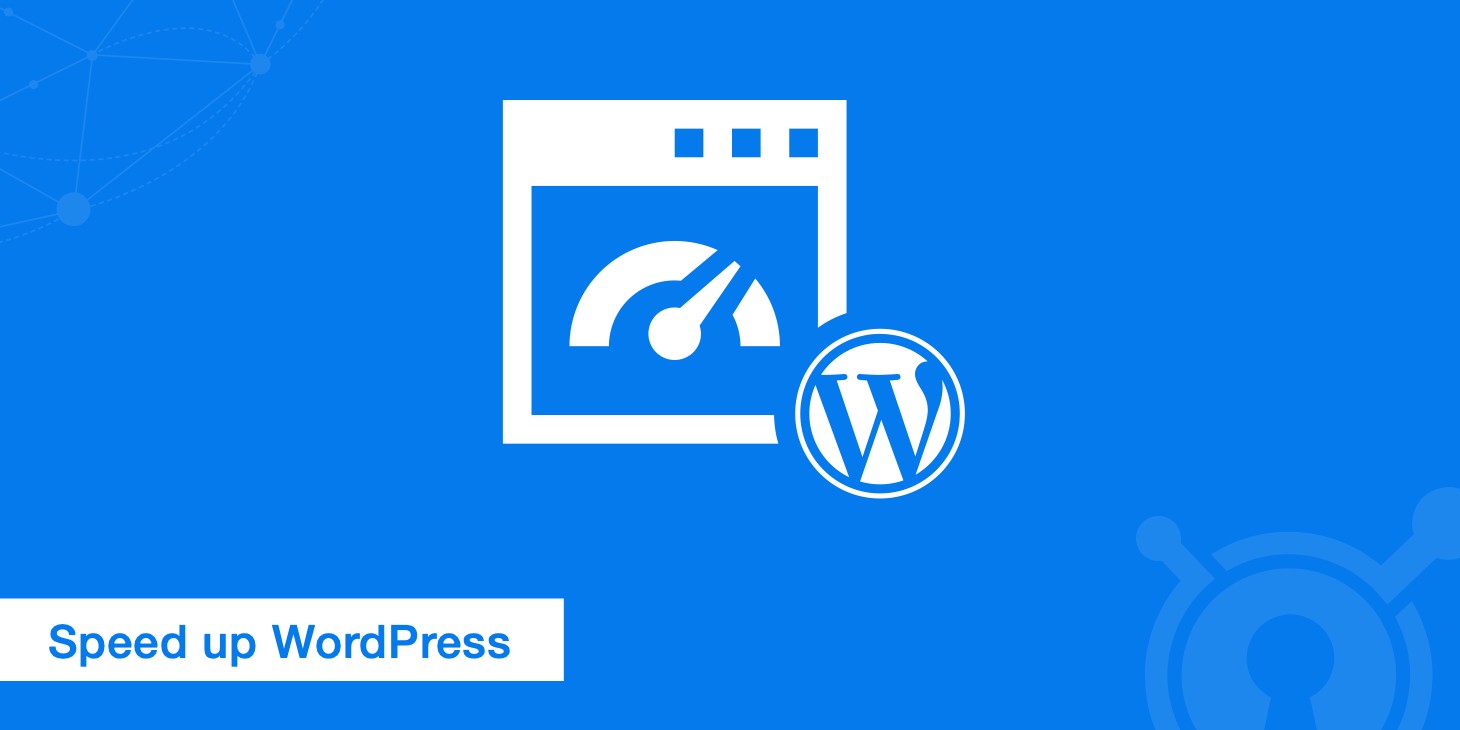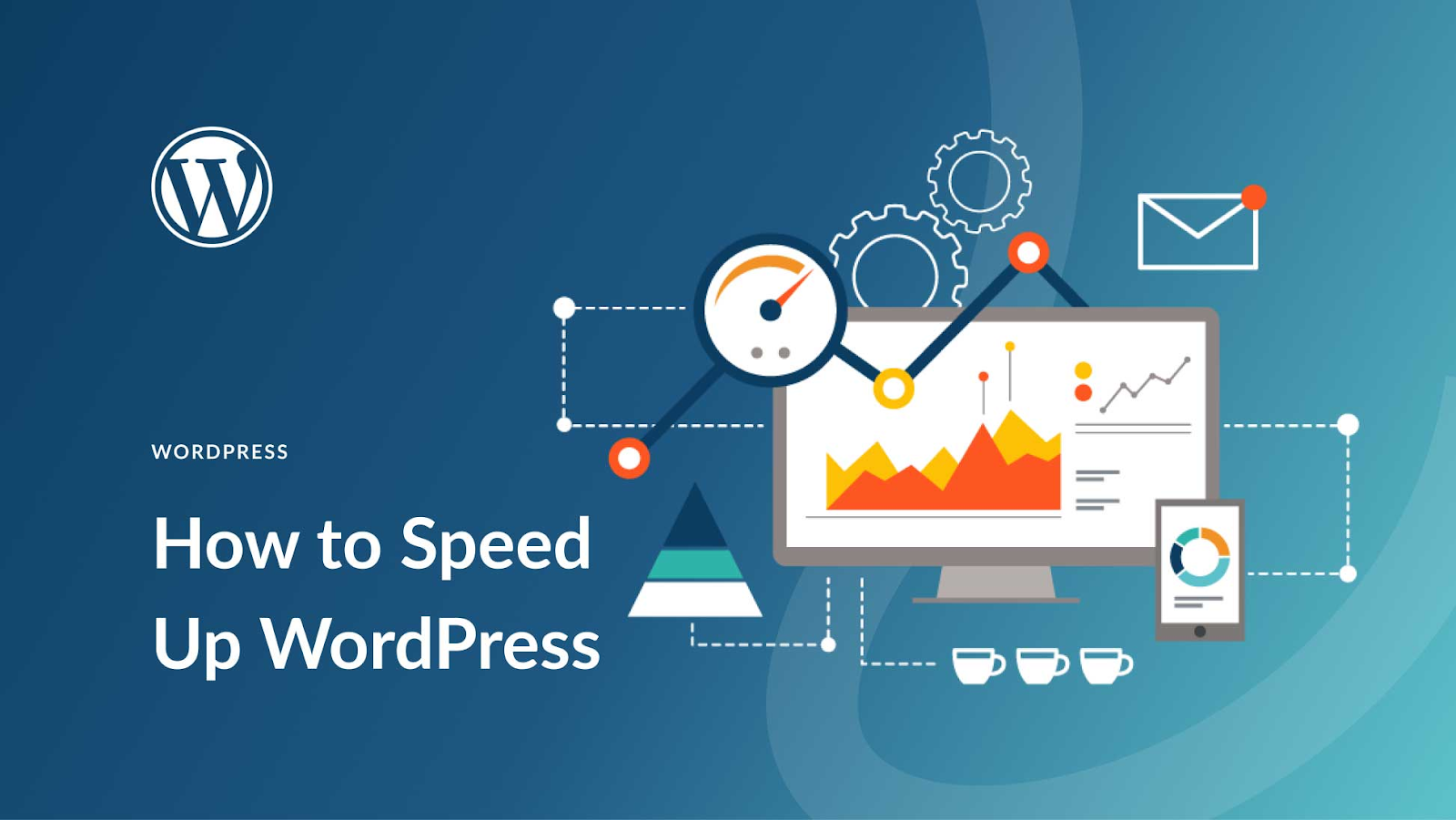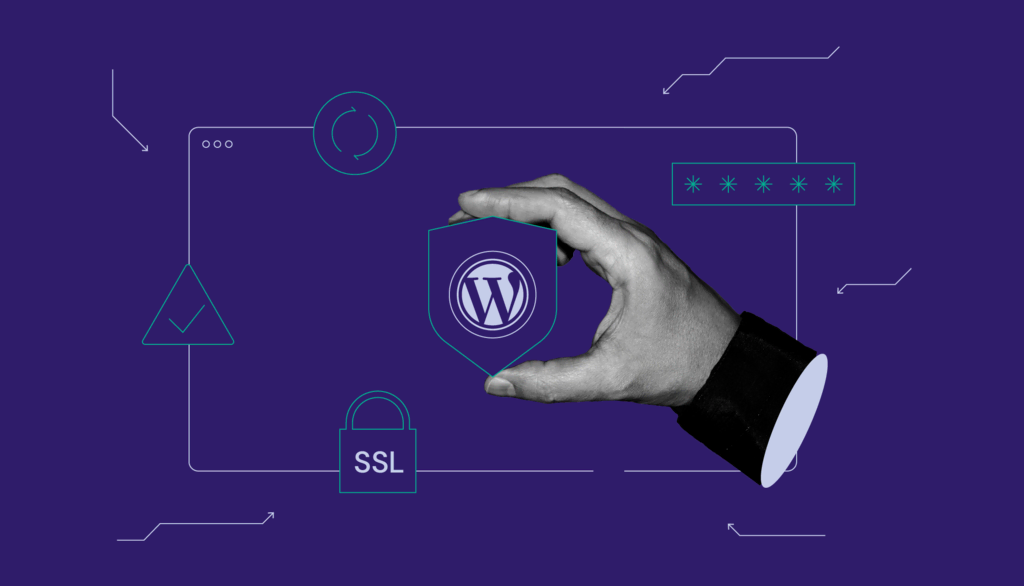Speed Up Your WordPress Site: Simple Steps for Faster Page Loading
Why Should You Speed up the WordPress Site?

PageSpeed is the length of the total time taken to render all the content on a webpage. Another way we can say that is the total time to get a web server’s first byte for the web browser.
Every webpage has a few elements like HTML code, CSS files, JavaScript files, image files, videos and so much more. These elements can affect the PageSpeed.
Speeding up a WordPress site is very crucial for several reasons:
- Higher Conversion Rate: A faster-loading webpage leads to a better user experience. so, the bounce rate will decrease. That means on-page time will increase. So. if any user spends a huge time on your website then the conversion rate will automatically increase.
- Improve SEO ranking: SEO is defined as the position of your website on any search engine. So, it is very obvious that your website PageSpeed will affect SEO ranking. If your website speed is very slow then visitors lose their interest and leave your website. The bounce rate will increase. It will affect your website on-page time. Web Page on-page time will automatically decrease. So. SEO rank will be affected.
Simple Steps to Speed up WordPress Site

Improving PageSpeed is crucial to improving the lower conversion rate and increasing the average on-page time of the website. To improve PageSpeed performance a combination of non-technical and technical solutions are required.
There are some simple steps to improve PageSpeed performance:
-
Optimize images
A large-sized media files are the most common reason for slow wordpress websites. To improve the website’s pagespeed performance, you need to compress the image file’s size as much as possible. You can optimize image files with the help of photo optimization tools. It will help you to improve your website loading performance.
-
Reduce HTML, CSS, and JavaScript files
HTML, CSS, and JavaScript files are the fundamental static elements of every webpage. HTML creates the webpage and CSS makes the webpage stylish whereas JavaScript makes the page interactive. Many developer are likely to use unnecessary space, and comments for their better understanding.
Your webpage will take longer to load as a result.. By deleting the unnecessary space, comments, and a large variable name, you can reduce the HTML, Unused CSS, and JavaScript file size. This will help you to provide a better performance.
-
Use Content Delivery Network
The real-world distance between the server and the user is another reason for a low website performance. Due to this high physical distance, it will take a lot of time to render a landing page. This impacts especially the users who are accessing from remote areas. A content delivery Content Delivery Network (CDN) will help you to reduce the geographical distance between the user and the server by distributing the website’s content across the worldwide server.
so, if the distance is reduced between the user and the server, then the loading time will automatically decrease.so, it will help to improve the performance and provide a better user experience.CDN is very easy to manage on your wordpress site. You can use popular CDNs such as Stackpath, Cloudflare, and CloudFront to improve your website performance faster.
-
Simple Style calculation
If your page style is very complicated then it will take time to calculate how should all the content look on the landing page. So, It will increase the loading time.so, automatically your website performance will decrease. So, if you want to improve the performance by decreasing the loading time of the webpage then provide less content for the browser to load and make the webpage design more simple.
A simple webpage is also better for UX because it is easy to make responsive, which means the web page will look good for different screen sizes, from smartphones to desktop monitors.
-
Install WordPress caching plugin
Caching is used to reduce the loading time of a website and Speed up WordPress. Static copies of JavaScript, HTML, CSS stylesheets, media, and pictures can all be stored via caching. It reduces the pressure for the origin server to generate content and serve the web page for the users.so, page loading time will automatically reduce. By using popular caching strategies like WP Rocket, RabbitLoader, W3 Total Cache, WP Super Cache, SiteGround Optimizer, and LiteSpeed Cache, you can improve the pagespeed and generate a good conversion ratio.
-
Tidy up the Database in WordPress
You likely have some outdated, unused data or files in your database if you’ve owned your wordpress website for a long time. These files could be old media, comment spam, unpublish material, leftover data from unused themes, etc. All of these things can consume important storage space and strain the web server unnecessarily. It can take a lot of time to load a landing page. so, to increase the speed, we can manually delete the unused media file in the WordPress library or we can plugin some tools like WP Optimize, Advanced Database Cleaner, etc.
-
Avoid the External Script
In the case of the external script, the code file that your site uses, that are not stored on your server.WordPress sites can take a lot of time to load JavaScript files, CSS files, and other media. Therefore, it will lengthen the overall blocking period. To improve the website performance we need to avoid a huge number of external scripts.
-
Try Lazy Loading the Content
Lazy loading is the most common option if the WordPress site has a lot of images. Lazy loading loads only the images that are visible in the user’s browser window at the first. The remaining photos are not loaded until the user further scrolls down to them. This is an alternative to fully rendering every image on a page when it first loads. Lazy loading also can be applied to other media like videos as well as page content like comments and texts.
-
Delete Unused Themes and Plugins
The next step to having a fast website is to remove any themes and plugins that are not used, in addition to making sure that they are continuously updated. Unused themes and plugins may hamper the functionality of a WordPress website performance. You need to disable the WordPress plugin before deleting it. Then you can remove the plugin.
How to Measure the Improvement of the WordPress Site

After the optimization of the website, we can see the difference in the loading time and the improvement of the webpage performance.
To understand the improvement of a website’s pagespeed performance, first, we need to check or analyze the pageSpeed performance without doing any optimization or installing any optimization tools. There are a lot of tools available to check PageSpeed performance like Google PagesSpeed Insights, GTmetrix, Pingdom, RabbitLoader, WebPageTest, Uptrends, etc.
Then we need to optimize the website manually or by installing an optimization tool.
After some time we need to check again. we need to check the website’s pagespeed performance for both versions, one is mobile mode and another is desktop mode. so that we can measure the improvement in the performance and see the difference.
- Google PagesSpeed Insights: Google PageSpeed Insight provides a performance report of the user experience of the webpage on both versions, desktop and mobile mode. Google PageSpeed Insight suggests how the webpage’s performance score can be improved.
A pagespeed insights score is considered a good performance score if it is more than 90. A score between 50-89 is an average score and it means the website’s pagespeed needs to be improved. A score of below 50 is categorized as a poor score.
- RabbitLoader : You can analyze the PageSpeed performance score in RabbitLoader. Also, it will show how much you can improve the pagespeed score by optimizing the website. In the below picture you can see the performance score of this website is 70%. But if you optimize your website then you can increase the score by 98%.rabbitLoader provides the pagespeed score based on First Contentful Paint, First Meaningful Paint, Images, CSS Code, Speed Index, Total Blocking Time, andTime To Interactive.
- GTmetrix: GTmetrix is an online tool that also provides the website pagespeed score. It will check the size, loading time, and request happening, and then provide a score. Additionally, recommendations for raising the pagespeed score will be given by GTmetrix. You can check the overall performance score based on Core Web Vital like First Contentful Paint (FCP), Largest Contentful Paint (LCP), Total Blocking Time (TBT), and Cumulative Layout Shift(CLS).
If the score is below 90 then we need to optimize the website to provide the user better experience and reduce the bounce rate.
To speed up The WordPress site, you need to focus on optimizing the website by minifying HTML, CSS, and JavaScript, optimizing images, using CDN, Optimizing the database, enabling lazy loading, etc. By implementing these strategies, you can improve the website’s performance and user experience.



